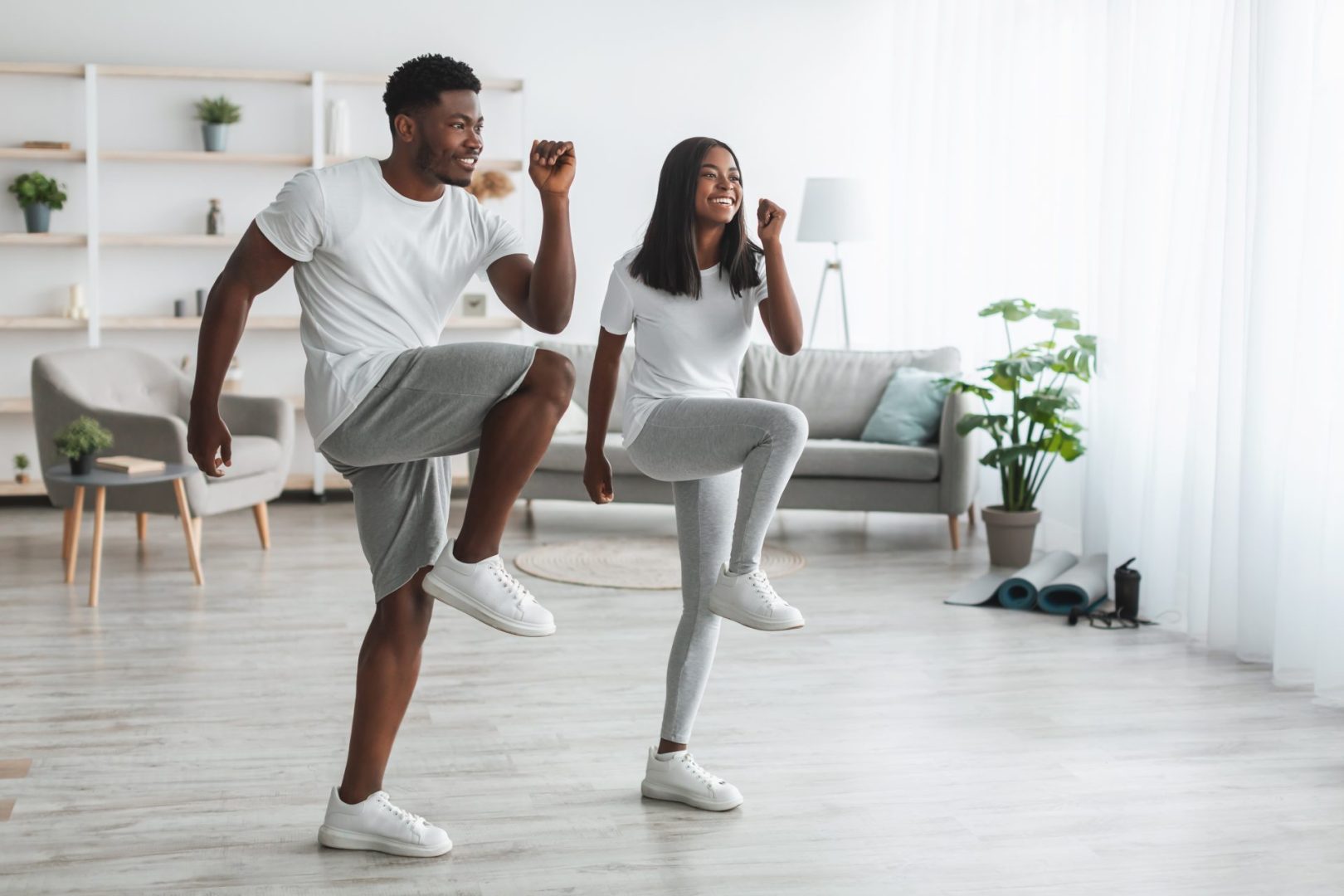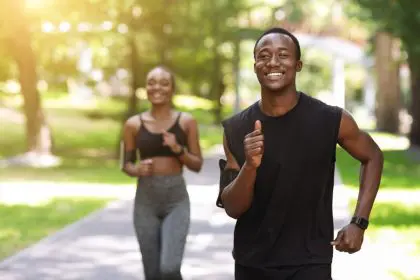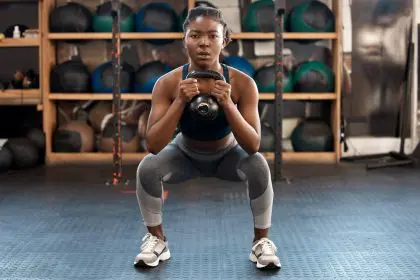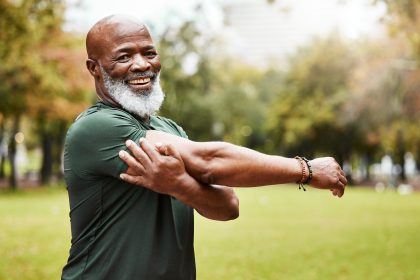The path to a stronger core and toned body doesn’t always require gym equipment or floor exercises. Standing workouts offer a practical and effective approach to fitness that can be performed anywhere, making them ideal for home exercise routines or busy schedules.
These exercises combine balance, strength, and cardiovascular benefits while engaging multiple muscle groups simultaneously. The following 16 movements provide a comprehensive workout that can be adapted for different fitness levels.
Core-focused standing movements
- The standing oblique crunch targets your side abdominal muscles through a combination of twisting and knee lifts. Begin with feet wider than hip width, hands behind your head, and alternate bringing opposite elbow to knee while engaging your core throughout the movement.
- The standing march emphasizes balance and core stability. With arms extended forward and feet slightly apart, practice controlled knee lifts while maintaining proper posture and engaging your abdominal muscles.
- The unilateral dumbbell march adds resistance training to core work. Hold a dumbbell in one hand while maintaining extended arm position, then perform alternating knee lifts while focusing on stability and control.
Dynamic twisting exercises
- The squat to twist press combines lower body strength with rotational core work. Start in a wide stance, perform a squat, then rise while pressing arms overhead and rotating your torso.
- The wood chop movement mimics a diagonal chopping motion that engages the entire core. Begin with hands near one knee, then lift diagonally across your body while rotating your torso and pivoting your feet.
Side-body strengthening movements
- Standing side bends target the lateral core muscles through controlled side-to-side movements. Keep your arms raised overhead while performing alternating side bends with engaged abdominals.
- The wide-stance side bend increases the challenge by combining a squat position with lateral movement. Maintain proper form by keeping your back straight and core engaged throughout the exercise.
Balance and stability exercises
- Lunging toe touches improve balance while working the core through side-to-side movement. Perform alternating side lunges while reaching toward the ground with the opposite hand.
- The single leg deadlift challenges balance and posterior chain strength. Practice the movement with a slam ball or weight, focusing on maintaining a straight line from head to extended foot.
Hip mobility and strength
- Lateral leg circles enhance hip mobility and core stability. Use a chair for support while performing controlled circles with each leg, maintaining proper alignment throughout.
- Standing hip circles work deep core muscles while improving hip mobility. Keep your hands behind your head and perform circular movements with bent knees, alternating sides.
Advanced standing movements
- The supported single leg deadlift provides a regression of the traditional movement. Practice with staggered feet, hinging at the hips while maintaining contact with your shin.
- Alternating knee lifts build core strength through controlled movement. Focus on proper form by keeping your hands behind your head and lifting knees toward your chest.
Dynamic power movements
- Air chops develop explosive power while engaging the core. Perform controlled swinging motions with arms extended, maintaining proper form throughout the movement.
- The rainbow slam combines cardiovascular exercise with core stability. Use a medicine ball to perform arcing movements, catching the ball on the bounce while maintaining control.
- Single arm presses challenge core stability through unilateral movement. Hold a dumbbell in one hand while extending the opposite arm, pressing overhead with controlled movement.
Implementing the exercises effectively
To maximize benefits from these standing exercises, focus on proper form and controlled movements. Begin with 2-3 sets of 10-12 repetitions for each exercise, adjusting based on your fitness level and goals.
Remember to breathe steadily throughout each movement and engage your core muscles consistently. As you build strength and confidence, gradually increase repetitions or add resistance to continue challenging your body.
Safety considerations and modifications
While standing exercises are generally safe, maintain proper posture and alignment to prevent injury. Listen to your body and modify movements as needed, especially if you experience any discomfort or balance issues.
Consider starting with basic movements before progressing to more challenging variations. Use stable support when necessary, and focus on quality of movement rather than quantity of repetitions.

















